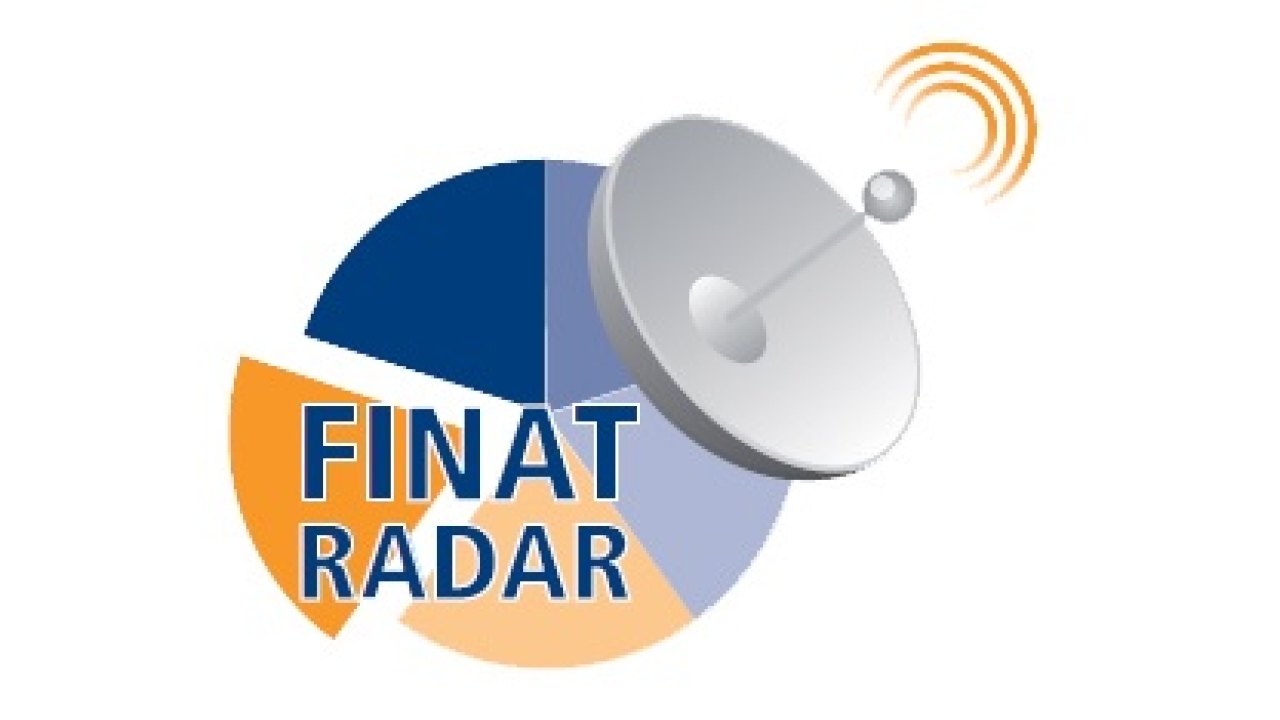Self-adhesive labels lead in ‘complex market’
The latest Finat Radar report has shown that self-adhesive labels continue to lead the way in a ‘complex market’, which is subject to the continued growth of digital print and product diversification

Narrow web label converters are adding to their repertoire, based on self-adhesive labels, other products, such as sleeve labels, flexible packaging and in-mold labels, which both enhance their status with their end-user customers, and create new business.
However, in terms of printed label output, over two-thirds of brand owners surveyed indicated that they would not migrate away from self-adhesive decoration to another technology in the coming year, which, according to Finat president Thomas Hagmaier, is, ‘evidence that gives us cause to believe that our self-adhesive labels are still versatile, top performers in today’s complex market, and that there is some quietening down in the market expansion of the new technologies.’
Radar is an in-depth profile of the complex and diversified label industry in Europe, provided twice a year to Finat members. The report brings together focused research and analysis, conducted by market research company LPC, on factors in the current market that are impacting the label supply chain, from raw material suppliers to label converters and customers of the industry. The recently published sixth edition of Finat Radar focused specifically on the crucial – and fast-changing – viewpoint of label end users.
The role of self-adhesive labels in the industry's sustainability efforts also emerged in the report’s findings, as Hagmaier explained: ‘We have noticed that there is still considerable work for Finat to do with brand owners when it comes to enhancing sustainability awareness – a prime concern in the entire packaging market – and we are deeply committed to making the self-adhesive label an environmentally-friendly option.’
Label converters tend to be physically isolated from the actual label application point, where spent release liner joins the waste stream – and Finat is actively seeking an answer to stimulate the development of practical, regular collection systems for used release liner and other label waste from brand owners and packer-fillers. Almost 50 percent of end users surveyed said they are not aware of recycling options for label release liner that are currently available, and over 66 percent are not currently engaged in recycling liner waste – primarily because of the complexity of the surrounding logistics of collection/ transport to a recycling facility.
Finat’s recent major release liner recycling fact-finding study, conducted by AWA Alexander Watson Associates, records current practices in the 10 largest EU member states in terms of waste management and recycling legislation, extant barriers to recycling, available end-of-life options, and an understanding of the breakdown between recycling, landfill and incineration of liner. The findings from the latest Finat Radar underline the need to educate the entire value chain about conducting economically viable spent liner recycling – an option which actually exists today.
‘Label release liner, used to apply self-adhesive labels, constitutes a high-value waste stream that can, and should, be very successfully re-used in cradle-to-cradle recycling of papers and PET/PP film,’ said Hagmaier.
Overall, brand owners surveyed indicated an expectation that total demand for labels in 2017 would increase by over three percent. This represents a slight decrease on 2016 expectations, said Finat, but is still an indicator of a strong and established business sector. Western European label converters continue to claim the largest share of the market, but over a third of brand owners indicated that they are looking at sourcing labels from other areas, mostly from Eastern Europe.
Brand owners also indicated that they would buy more digital print, although a single percentage growth on existing low volumes. Hagmaier noted the ‘tremendous leaps’ that have been made in the digital printing arena as, 'bringing flexibility for high quality short run print to the label industry.
‘Brand owners indicated they expect to procure five percent more digital print solutions in the coming year. This is a reflection of the trend we are seeing to reducing the size of label print runs for just-in-time delivery, increased multi-versioning, and, of course the current fashion for personalization.’
Stay up to date
Subscribe to the free Label News newsletter and receive the latest content every week. We'll never share your email address.
